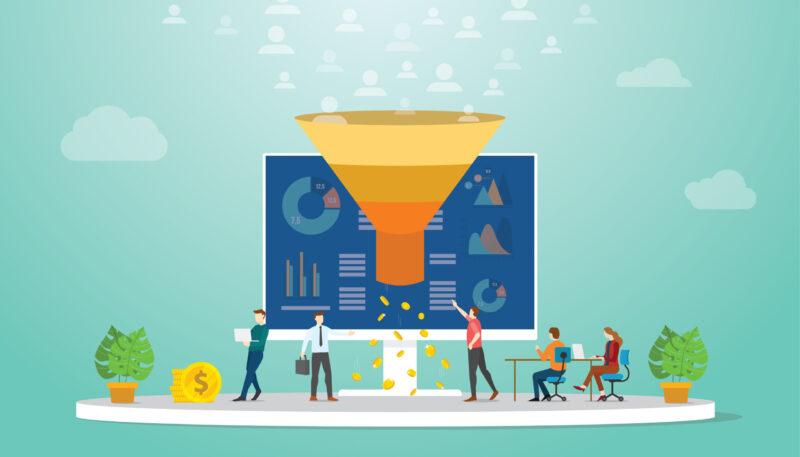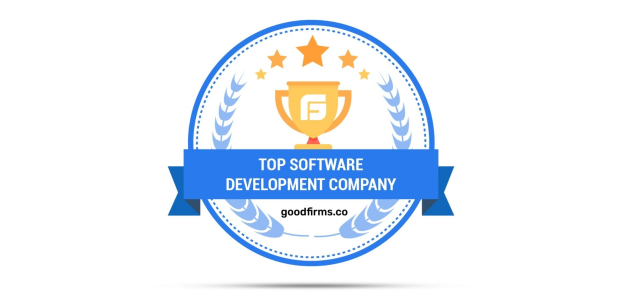How do I know if my website is a good asset generating business for my company ?
As with any business reporting and analysis work, it is important to establish some objectives or benchmarks to help assess the strengths and weaknesses of your website in generating business. A wealth of material on the use of web analytics has been written in this blogging site and others. In this blog, I would like to focus on one aspect of analytics – the use of goals and funnels.
What is a funnel ?
A funnel is a path that a visitor to your website takes to perform an action. Relative to the size of the website, there can be (a lot) of paths open to the visitor. Some visitors may wish to wander aimlessly throughout your website, but the majority have a specific purpose in mind when they visit your website.
So the first step is to identify a (small) number of goals that you would wish a visitor to complete when on your website, such as;
- Make a purchase
- Arrange an online Q&A session with your pre-sales staff
- Subscribe to your e-newsletter
- Download a white paper
For each of these goals, map out the path(s), in terms of web links and pages, that a visitor needs to take to complete the goal. Each path is a funnel and typically, the number of visitors remaining at the end of the funnel is less than the number who started out on the path (i.e. the conversion rate).
This is where the funnel provides value-added analysis, showing where visitors dropped off along the path, which can indicate problems such as;
- Difficulty entering credit / laser card and address details for online payment
- Difficulty adding items to the online basket
- Relatively long download times for your whitepaper
- Unclear privacy policy on how the visitor’s data will be used by your company
This can be valuable feedback when reviewing potential improvements to your website. However it’s also important not to forget that some visitors may only be browsing and may not wish to progress to the end of your funnel. As with a sales pipeline, not all prospects turn out to be actual sales.
In defining a funnel, it is important to identify the page or link at each stage on the funnel and ensuring that it has the appropriate call-to-action to progress the visitor onto the next stage.
Ongoing assessment
It can be interesting to assess the visitor conversion rate after making some changes to the various stages of a funnel and hopefully seeing some improvements.
The data that shows the visitor numbers, drop-outs and any number of related measures can be derived from an analytics application such as Google analytics which is probably the most widely used analytics application. Such applications assist you to define goals and related funnels in terms of the various pages that a visitor will view as they progress along the path.
So, pick a goal for your website and identify the related funnel for it and starting tracking and influencing visitor behavior.






